Close

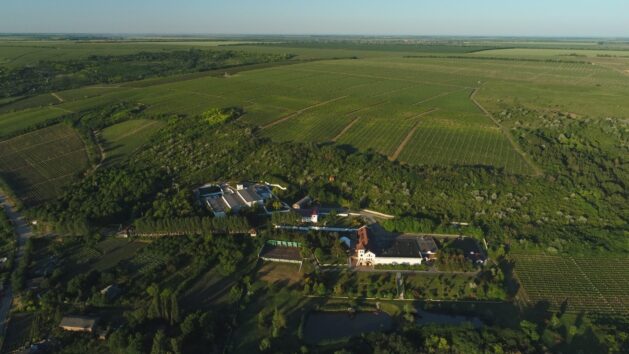
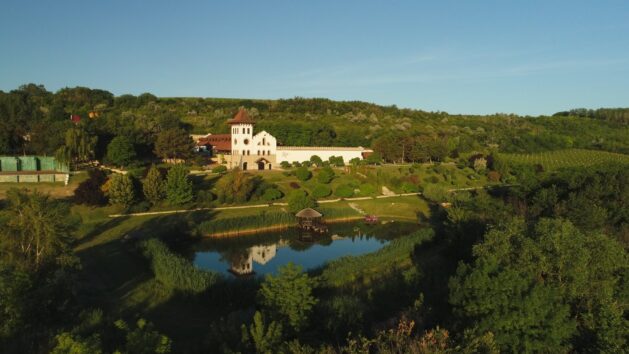
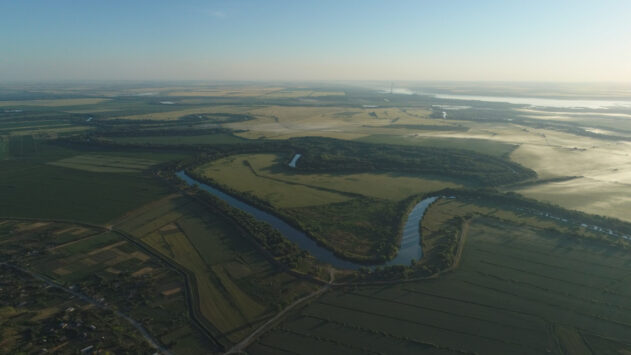
Ștefan Vodă PGI

This Moldovan wine region is delimited for the production of wine with protected geo-graphical indication (PGI) and is located in the south-eastern part of the Republic of Moldova. Over time, it has acquired national and international fame with respect to its pro-duction of red wines. The Ștefan Vodă delimited area for wine production with PGI includes the following natural areas: Botna River Meadow, the Nistru River Terraces and the South Moldova Plain and expands its vinicultural horizon to an area of about 10 thou-sand hectares.
The Ștefan Vodă PGI wine region includes 4 administrative-territorial districts namely: Ștefan Vodă, Căușeni, Cimișlia and Basarabeasca.
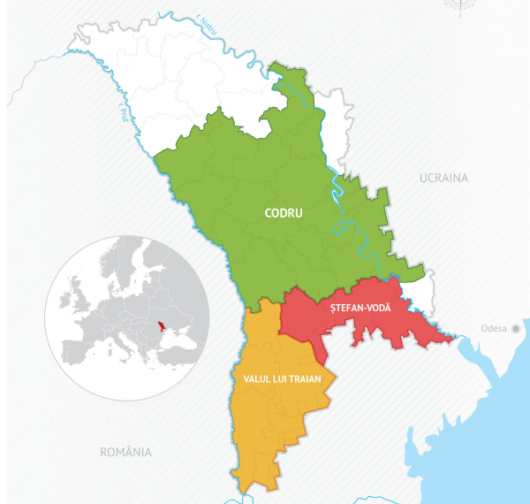

Altitude
120 – 190 m. above sea level

Sunny days a year
310 – 320

Rainfall, annual average
450 – 550 mm.

Sum of active temperatures
3000 – 3450 °C
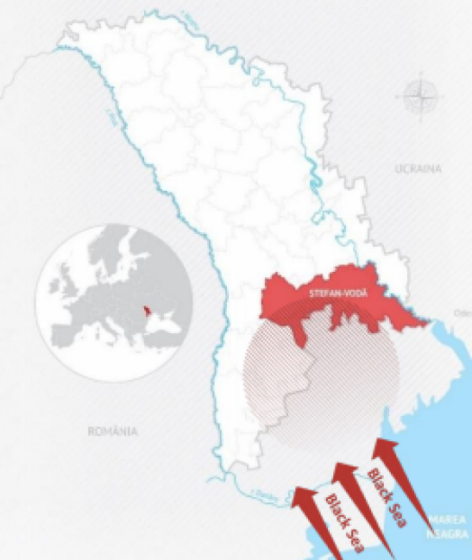
Climate
The geographical location of the “Ștefan Vodă” PGI area places it in zone III of soil and climatic conditions, characterised by insufficient humidity and, to some extent, into zone II of soil and climatic conditions. According to statistical data, the amount of precipitation varies from 450 mm to 550 mm. The average annual temperature of atmospheric air for zone III is 9.5–10.0º C, and 9.0 - 9.5º C for zone II; the sum of the active temperatures makes 3200 - 3450º C for zone III and 3000 - 3200º C for zone II. The duration of the vegetation period with temperatures higher than 10º C is 179 - 187 days. The number of recorded sunny days is 310-320 per year.
Landscape
This territory is characterised by medium fragmentation of the landscape with semi-deep valleys and slopes with different degrees of inclination. Predominant here are the slopes with an average 200-400 m length and a 3-5°slope. The cross-border Dniester River and the inland rivers Botna and Cogâlnic, with their tributaries flow on the territory of the region.
The altitude of the region is characterised by variations of heights from 7.0 m to 290.7 m, the average elevation being 119.4 m. The predominant class of altitudes varies between 120 and 140 m, followed by the 140 m - 190 m and 160-190 m altitudes.
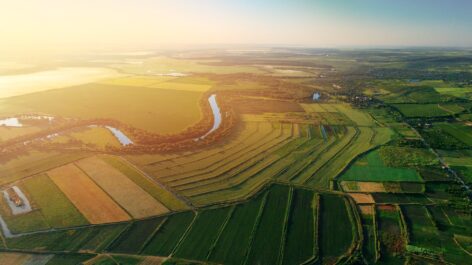
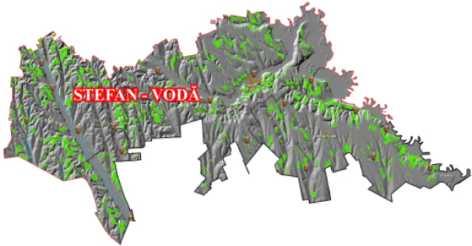
Soil
The presence in this Purcari micro-zone of tertiary red minerals, rich in iron and micro-elements of the iron group explains the production of superior quality wines in this region.
Loam soil and clay soil predominate in 56% of the particle size metric composition of parent rocks, followed by loams, sandy clays, loamy sands, clays, etc. The soil of 42% of the total area contains an alluvial-diluvial clay structure and about 14% of the area contains loessoidal clays. Alluvial sediments constitute up to 14% of the area, and the neo-genic parent rocks constitute up 5% of the area.
71% by particle size composition, are predominantly loamy-clay soils of the total area. The clay soil is on the second place in 13% of the area, followed by loamy clay soil in 7% of the area. These soils have a moderate anti-erosion resilience.
The typical character of wines
This geographical area has been renowned for its red wines, both ordinary and blends, since ancient times, which brought the country’s fame to the world.
Black grain grapes are grown on the slopes of this region covering about 57% of the total area producing PGI wine products, while white grain grapes account for the remaining 43%. The predominant varieties are Cabernet Sauvignon, Chardonnay, Merlot, Sauvignon Blanc, and Pinot Gris, Rara Neagră, and Malbec.
Specific for these wines are the following organoleptic characteristics. White wines have a colour from white, green to golden-yellow. Their bouquet is complex and elegant, marked mainly by floral aromas successfully combined with those of fresh fruit (depend-ing on the variety or assortment of used varieties); the taste is balanced, full, fruity, and mineral. Rosé wines are characterised by a wide range of colours - from pale pink, rose-hip petals and salmon up to raspberry colour; the bouquet is distinguished by aromas of fresh fruits and berries (peaches, apricots, raspberries, strawberries, etc.); they have a fruity taste, slightly sour, with a lot of freshness. Red wines have a colour from pomegranate red to cherry red, with hints of brick in case of matured wines, and in the bouquet; nuances of red fruits and berries - sour cherry, black currant, raspberry, prunes, and spices (depending on variety or of the assortment of varieties used) predominate; the taste is extractive and well-structured, full, velvety, and round.
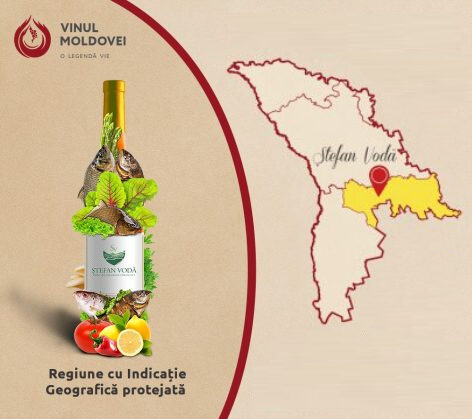
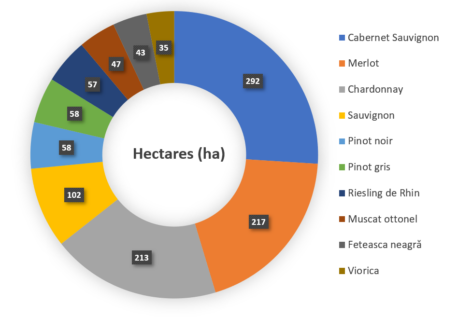
Wineries in the Ștefan Vodă PGI region
/ Follow us
/ Subscribe to news
/ Wineries / Tourism / Wine History / About ONVV / News
MD-2004, Republica Moldova, mun. Chișinău, str. Sfatul Țării, 59
office@wineofmoldova.com, tel. 022 105 560
Copyright © Oficiul Național al Viei și Vinului (ONVV). All rights reserved. Privacy Policy